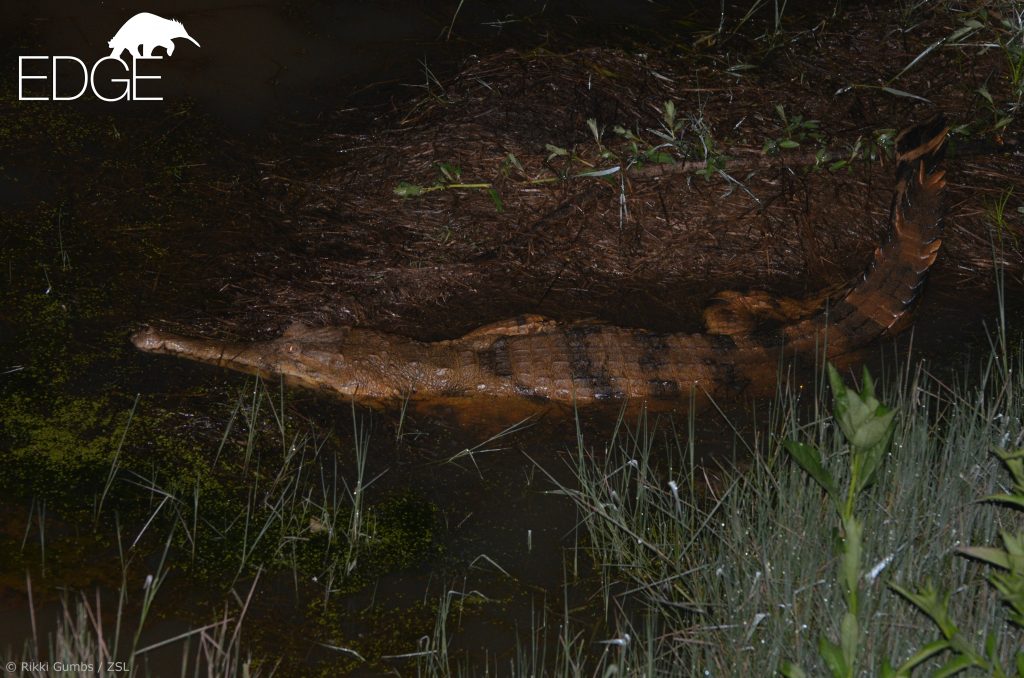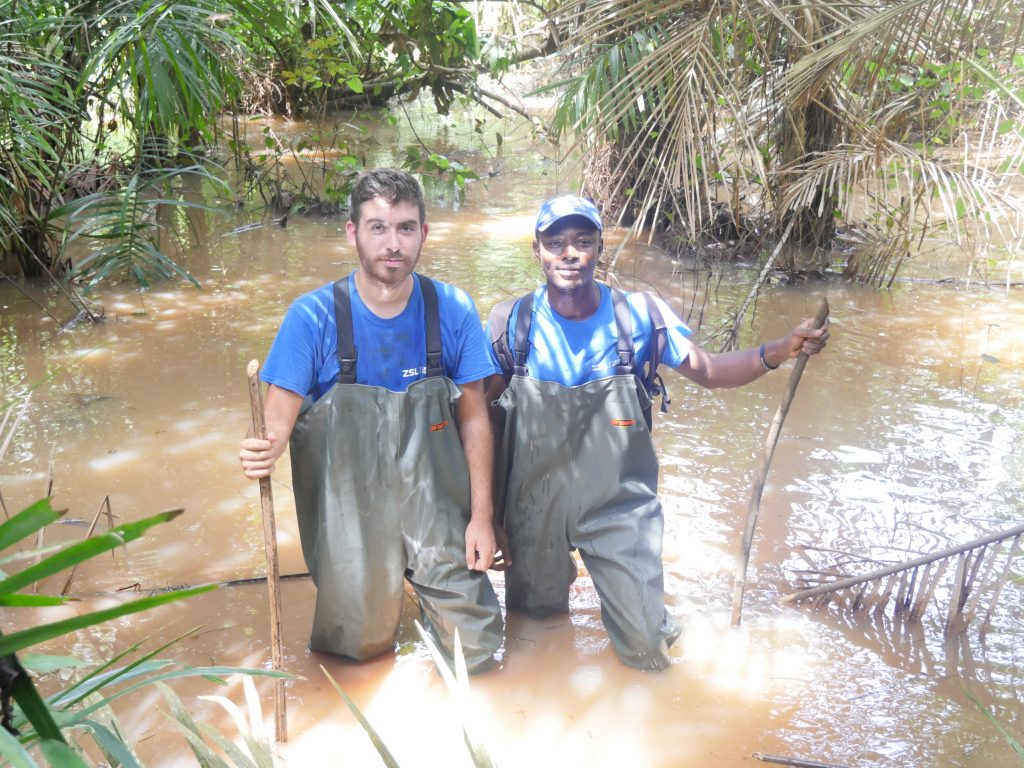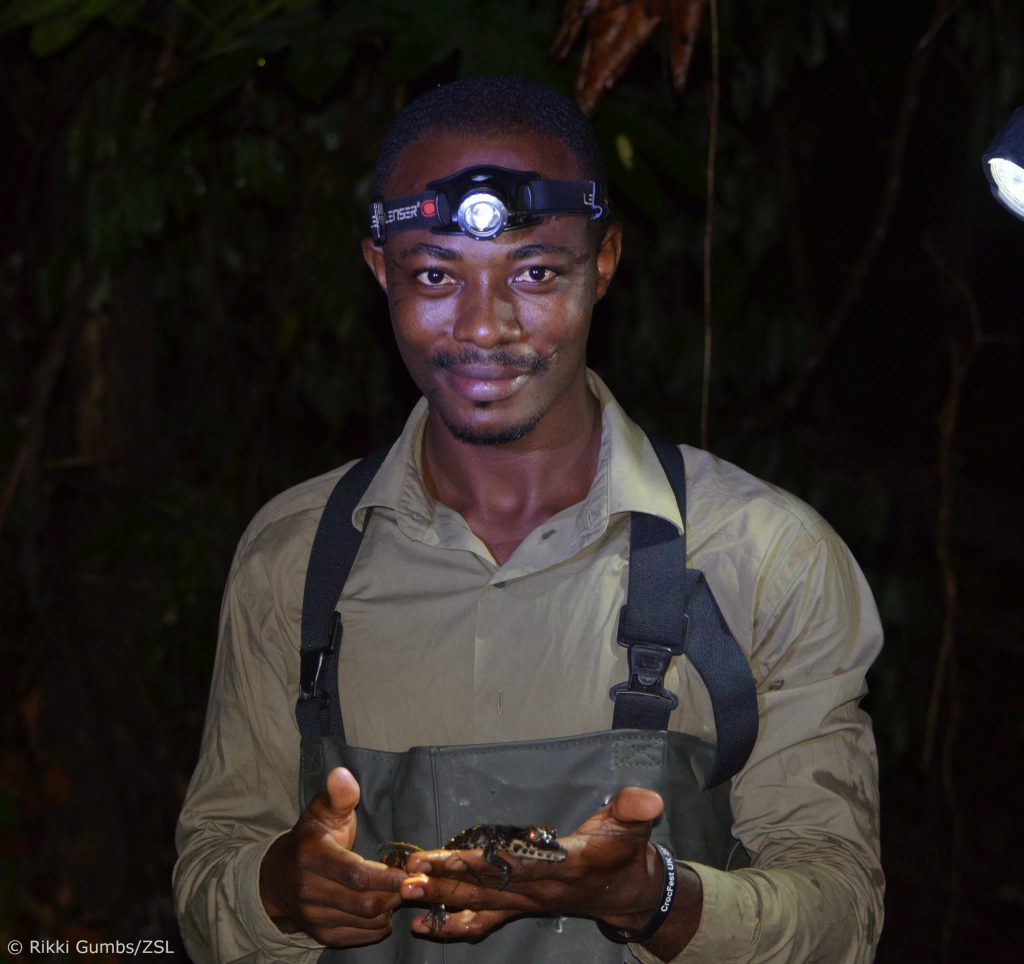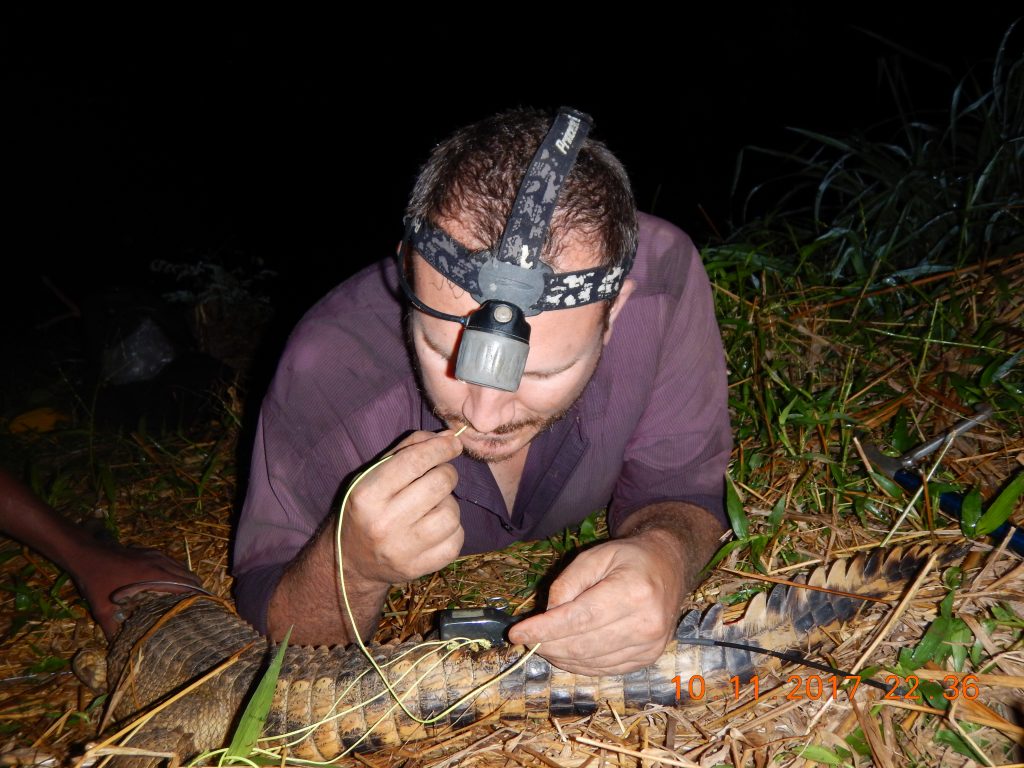Emmanuel Amoah is a Segrè EDGE reptile Fellow working to protect slender-snouted crocodiles in Ghana. Read more about him here.
I have always had the burning desire to contribute significantly towards biodiversity conservation. However, in conservation, both passion and competency must go hand-in-hand to achieve the desired result. Having realised this, I began looking for opportunities to build my capacity.
I chanced upon the Zoological Society of London’s (ZSL) EDGE Fellowship programme. After going through the EDGE website, I said to myself, “Emmanuel, you are at the right place”. I became anxious to join this prestigious conservation fraternity.

12 months into my EDGE Fellowship, my capacity has improved tremendously. Prior to the commencement of my EDGE project, I received one-month’s training in Madagascar through ZSL’s Conservation Tool Course. This gave me an in-depth understanding of contemporary biodiversity conservation and practical experience.
Later on I received training in crocodile capturing, handling, and radio tagging and tracking from Dr. Matthew Shirley. I also had a project visit from EDGE staff Rikki Gumbs, which improved my sampling design and built my capacity in GIS. Additionally, I have gained relevant experience through the project implementation and community interactions.

My EDGE species, the West African slender-snouted crocodile (Mecistops cataphractus) is experiencing rapid population decline throughout its range due to habitat destruction, prey reduction, hunting and other human related disturbances.
Prior to the initiation of my EDGE fellowship, there had been reports of conflicts between M. cataphractus and the people of Obuasi, Ghana, especially fishpond owners. The focus of my EDGE project is to assess the status of M. cataphractus in Ghana and enhance its protection through ecological studies and stakeholder consultation and awareness campaigns.


In March 2017, the mission of looking for one of the rarest and Critically Endangered crocodilians began. Half way into my EDGE Fellowship, our team has made great strides.
We have discovered two significant populations of M. cataphractus in Ghana at Obuasi and Tanoso. We have recorded 30 individuals at Obuasi and over 50 individuals at Tanoso including hatchlings, juveniles, and adults; a very healthy demographic. Previous countrywide surveys recorded only 4 individuals, though did not include our current project sites.

Furthermore, our team made the first country record of a M. cataphractus nest at Obuasi in May, 2017. As a way of mitigating human-crocodile-conflicts we are investigating the ranging behaviour of M. cataphractus. So far we have radio tagged 7 individuals and hoping to tag 8 more. We have also started community awareness campaigns and formed volunteer groups to help mitigate the prevailing threats. So far so good! We hope for more success in next 12 months.
A very big thank you to the Zoological Society of London and Segre Foundation for sponsoring this project. I am very grateful to Dr. Matthew Shirley for making time out of his busy schedule to train us. Lastly thumbs up to the EDGE staff for the commitment demonstrated so far.